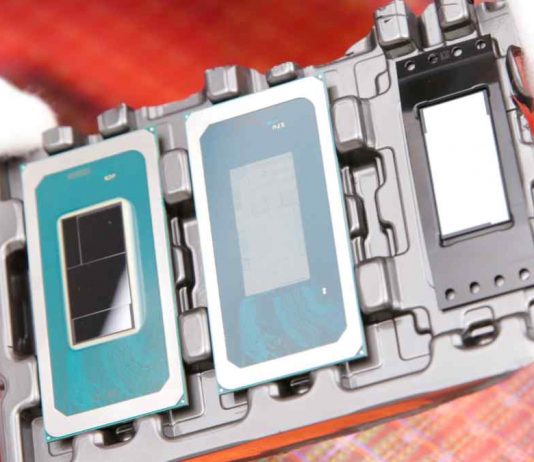Intel has officially launched its new Core Ultra processors, marking a significant milestone in the integration of artificial intelligence into mainstream computing. These processors, first introduced with preliminary details a few months ago, are the first step into a new era, leaving behind the traditional Core ix nomenclature.
The Core Ultra processors, which are part of the Meteor Lake series, are set to be featured in laptops from top manufacturers, including Lenovo, Acer, ASUS, Dell, Gigabyte, and others. These processors are designed for high performance without compromising battery life, thanks to a modular design approach. This innovative architecture, based on a tile-based system, assigns each tile to a specific function.
The Core Ultra is the first processor based on Intel 4 to utilize Foveros 3D packaging technology. While chiplet designs are not new in the industry, seen in AMD and Qualcomm mobile processors. The architecture includes low-power efficiency cores (LP E) capable of handling less demanding tasks independently.
A standout feature of the Core Ultra processors is the inclusion of a Neural Processing Unit (NPU), dedicated to artificial intelligence tasks. Intel highlighted that the NPU is adept at handling long-duration workloads with low energy consumption. For more complex processes, such as AI-driven content creation or low-latency tasks, it collaborates with the CPU and GPU.
Intel’s commitment to AI is further demonstrated by its collaboration with over a hundred software providers, optimizing more than 300 AI-accelerated functions for the Core Ultra processors.
The company has also significantly upgraded the GPU capabilities in these processors. Moving past the era of underwhelming integrated graphics, the Core Ultra processors incorporate Intel’s Arc cards and a new Xe LPG architecture, offering double the performance of the previous generation. These advancements in discrete GPUs will also benefit integrated versions, supporting DirectX 12 with hardware-accelerated ray tracing, mesh shading, and XESS smart scaling technology.
Another notable feature is the endurance mode, which optimizes DX 11 games for extended play. When activated, the GPU limits factors like frame rate (30 FPS) to reduce energy consumption and prolong battery life, though this will be optional and dependent on the hardware manufacturer.
The Core Ultra family includes H (high performance) and U (low energy consumption) models, offering up to 16 cores (six P cores, eight E cores, two E LP cores), 22 threads, and a maximum frequency of 5.1 GHz. The chips support up to 64 GB LP5/x and 96 GB DDR5 memory, along with compatibility for Wi-Fi 6E (Gig+) and discrete Wi-Fi 7 (5 Gigas), including a tool for optimizing connectivity.
These processors will be available in laptops from various manufacturers starting today and throughout 2024. Intel has partnered with Acer, ASUS, Dell, Dynabook, Gigabyte, HP, Lenovo, LG, MSI, Samsung, Google (for upcoming Chromebooks), and Microsoft (for the next iteration of Surface).


